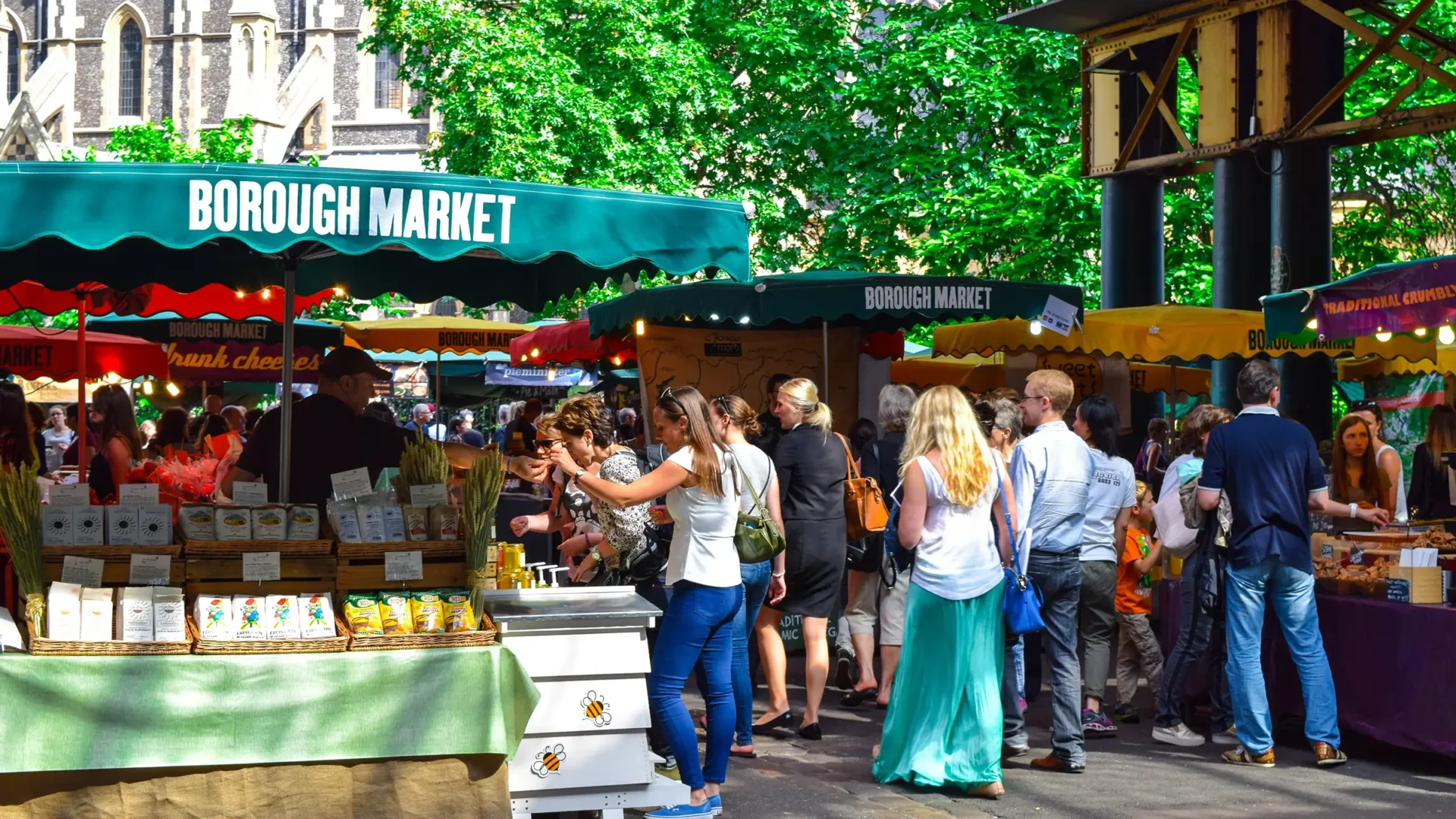Location
A place and time where an experience design scene takes place.
Where and when an experience design scene takes place can dramatically influence the ways people interact with design outcomes. Environments like a market in Marrakesh, Morocco in July, a high school football stadium in Cedar Bluff, Iowa during football season, and an airport security checkpoint in Bamako, Mali during a security breach involve distinctly different actors and concerns.
Pinpointing location and time also involves establishing when the action in an experience design scene takes place. The Cedar Bluff football stadium is raucous on a Friday night during a game, but it is quiet, abandoned, and snow-covered in February. Location establishes where and when scenes take place.
Examples of Location
- The Singapore Airlines gate 4A at Jomo Kenyatta International Airport at 14:30 on December 12, 1993
- Paris, France
- Remote mountain cabin
- Hospital waiting room in 1964
- Chicago Subway platform
Researching Location
When designers explore a location carefully through research, they examine how an environment’s unique personality can have agency in experience design scenes. This research describes a place’s geographic location—recognizing that places can have different meanings for different people at different times. Researching location positions experience design scenes in a temporal-spatial context to clarify when and where activities occur.
Questions to Ask
- What is the time of day?
- What is the year?
- In what city, town, or location does the scene take place?
Look For…
- Names of cities
- County names
- Country names
- Street signs
- The time, year
- Names of buildings
Sources
Design
Jääskö, V., & Mattelmäki, T. (2003, June 23-26). Observing and probing. Proceedings from 2003 international conference on designing pleasurable products and interfaces (DPPI ‘03), Pittsburgh, PA.
